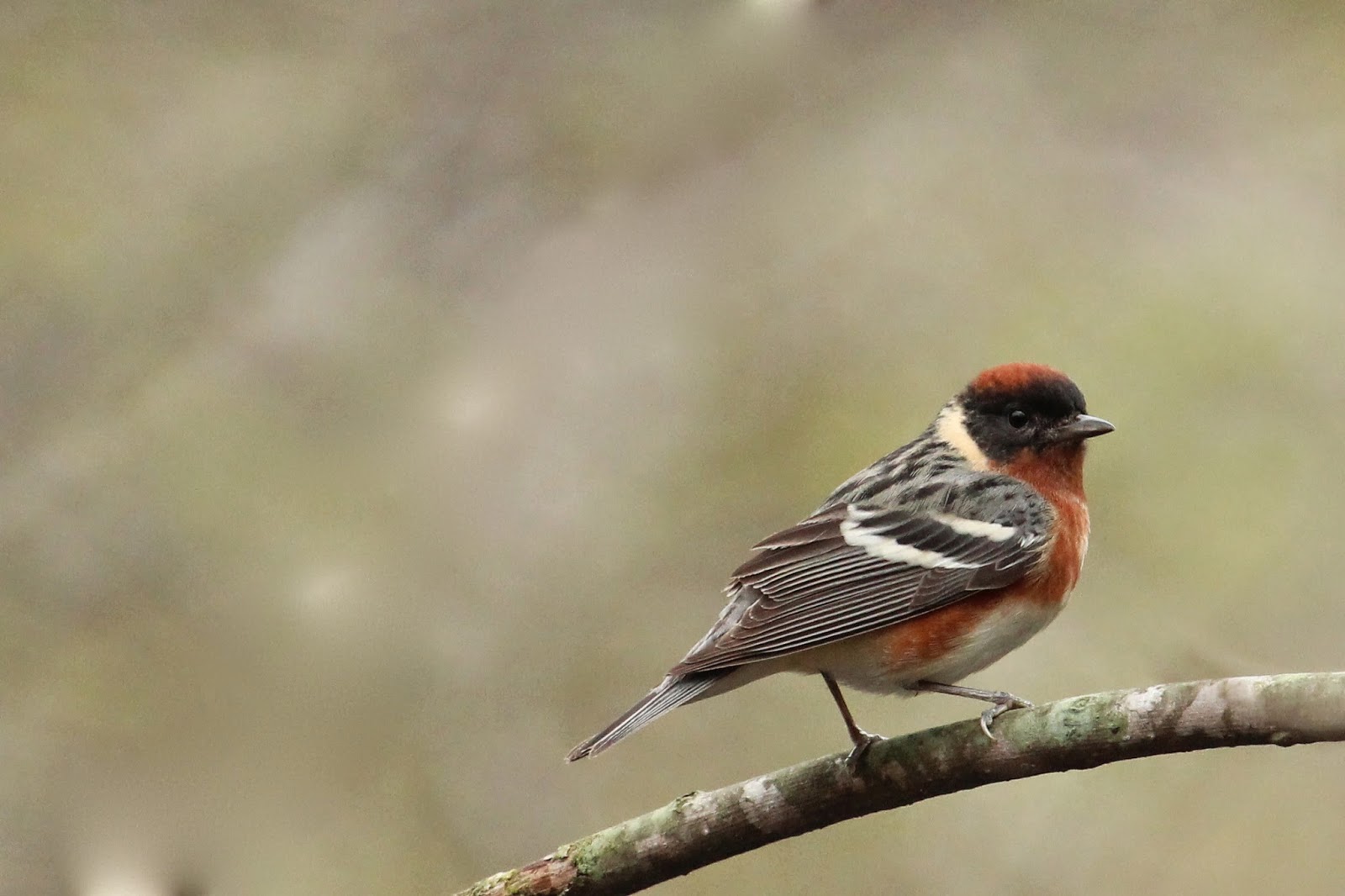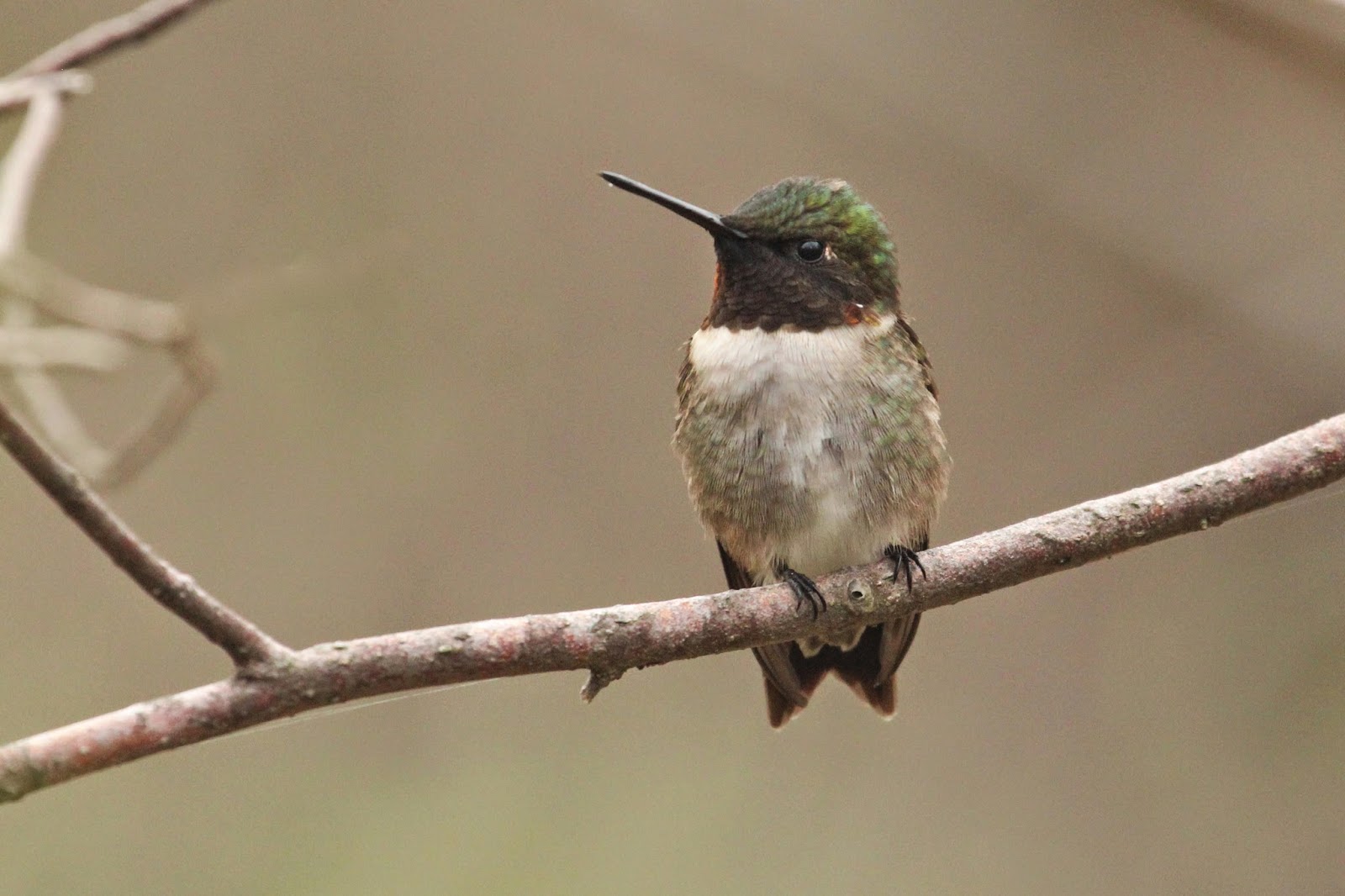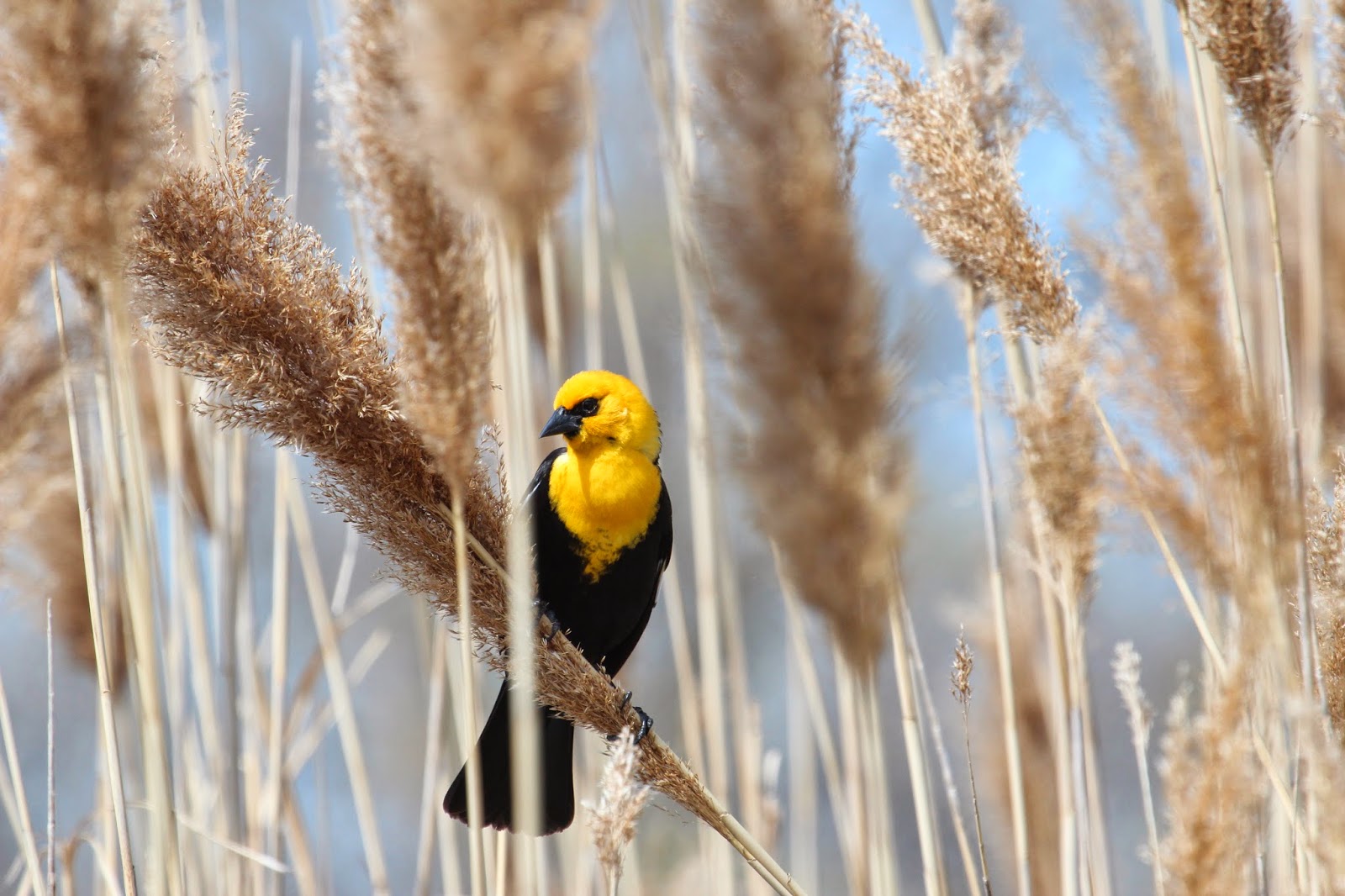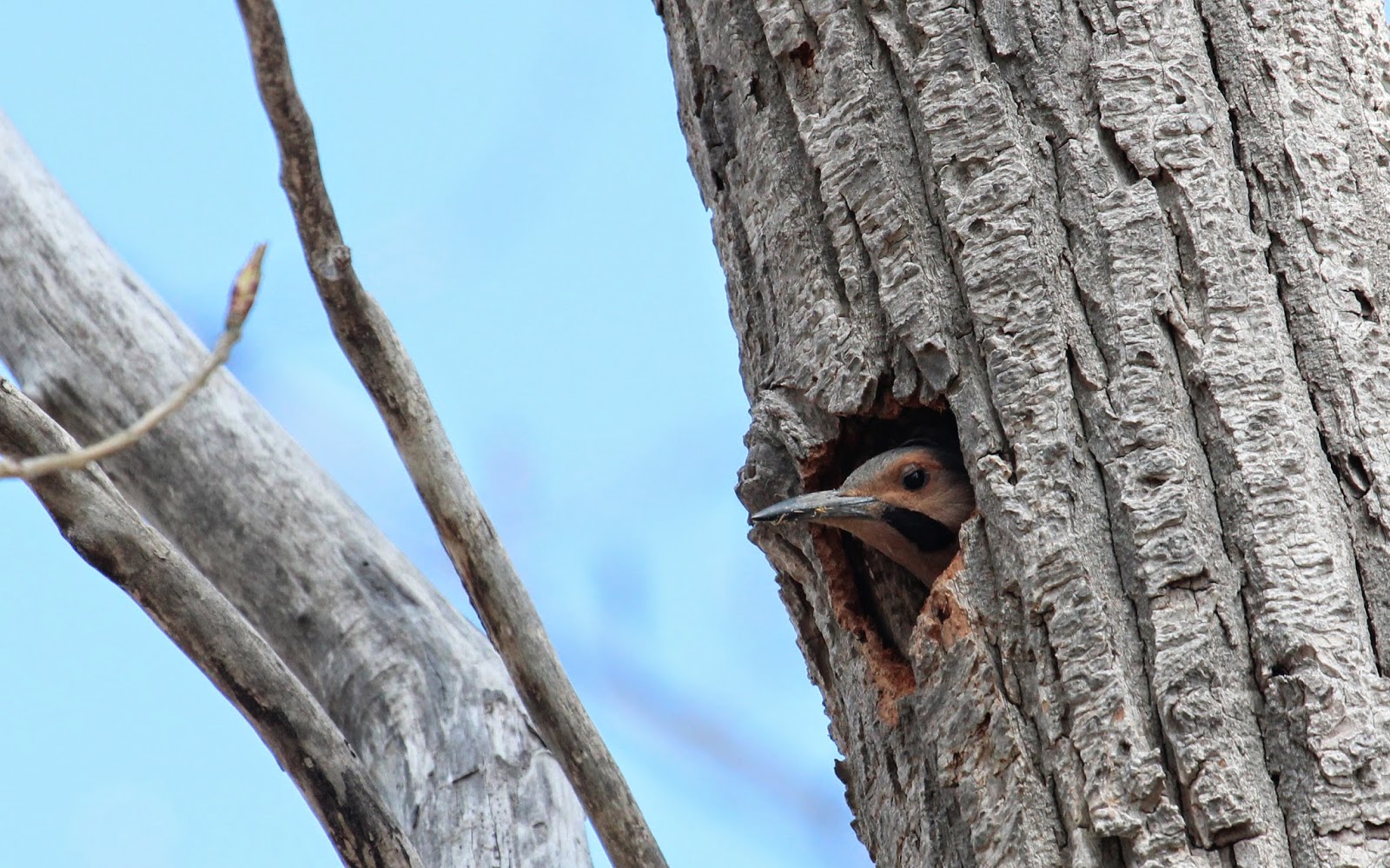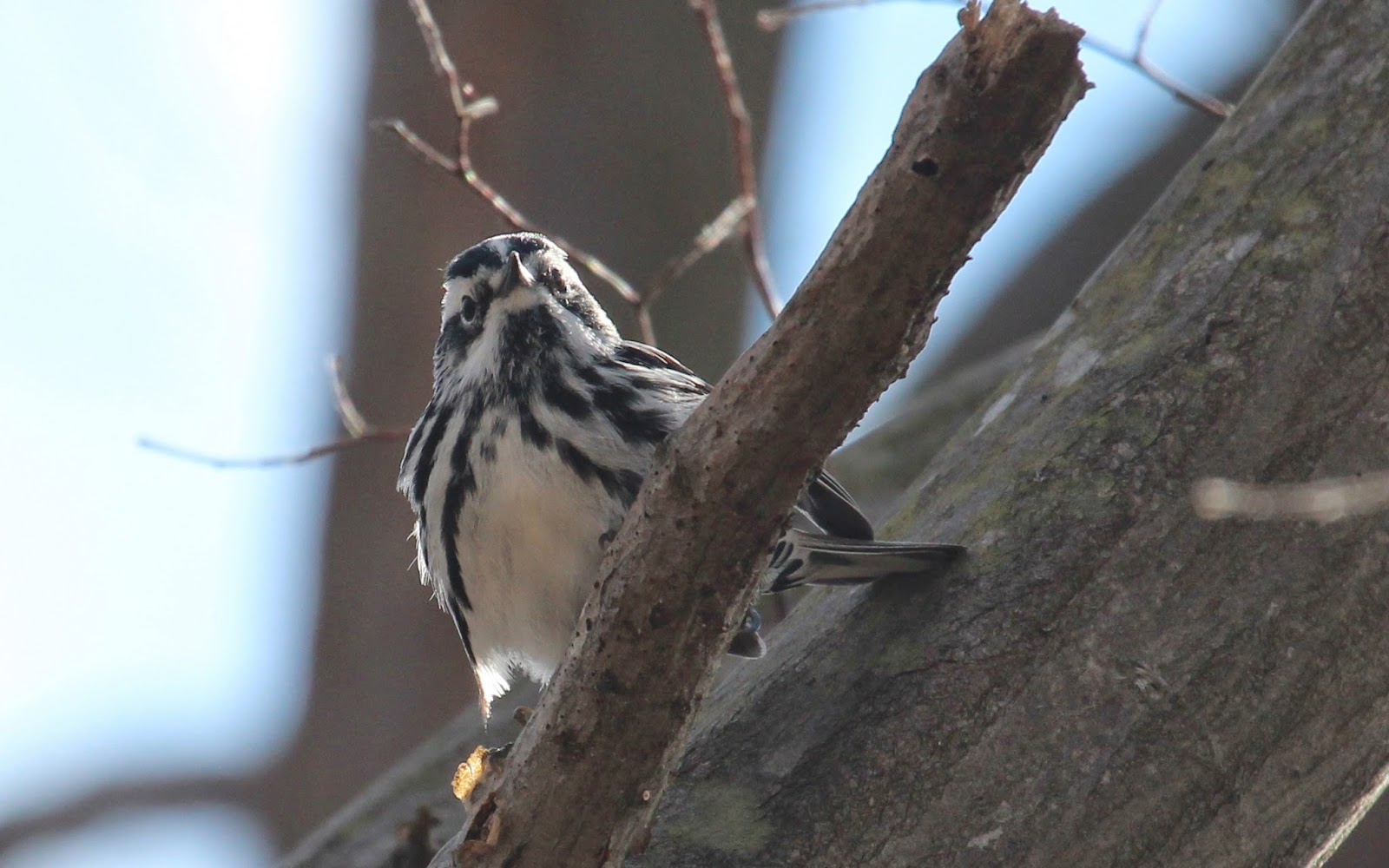
He's a red-bellied woodpecker, eben though he doesn't really have a red belly. A pinkish blush that you can see in a certain light is the best you get. The red-headed woodpecker looks like its entire head was dunked in red paint. Melanerpes carolinus A Red-bellied Woodpecker can stick out its tongue nearly 2 inches past the end of its beak. The tip is barbed and the bird’s spit is sticky, making it easier to snatch prey from deep crevices. Males have longer, wider-tipped tongues than females, possibly allowing a breeding pair to forage in slightly different places on their territory and maximize their use of available food. source- Cornell Lab of Ornithology





